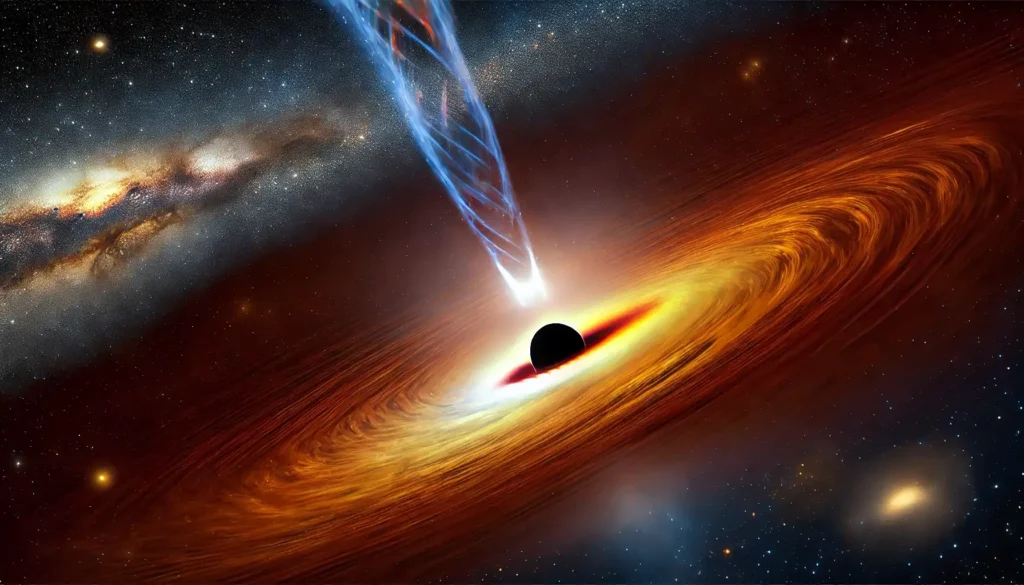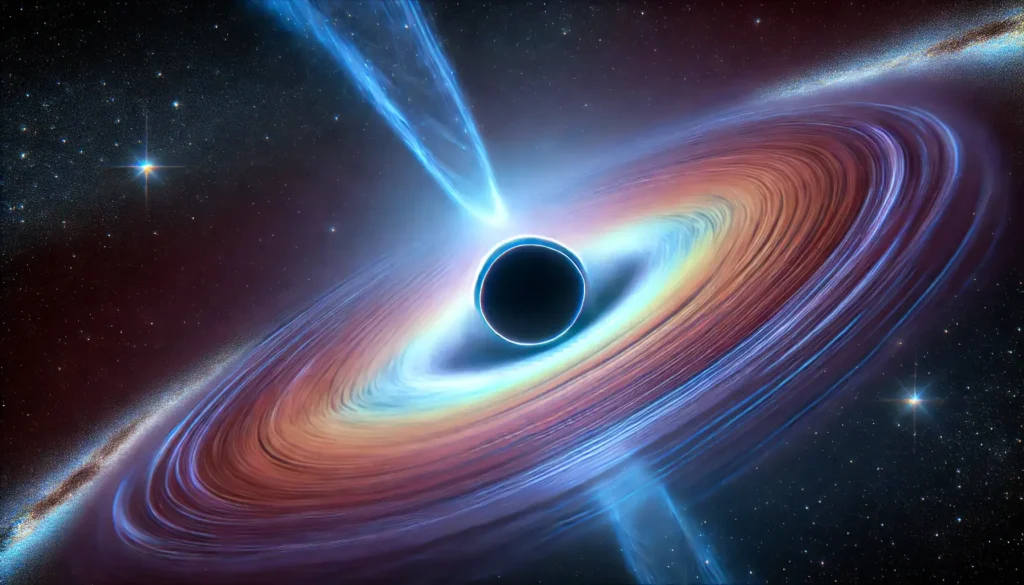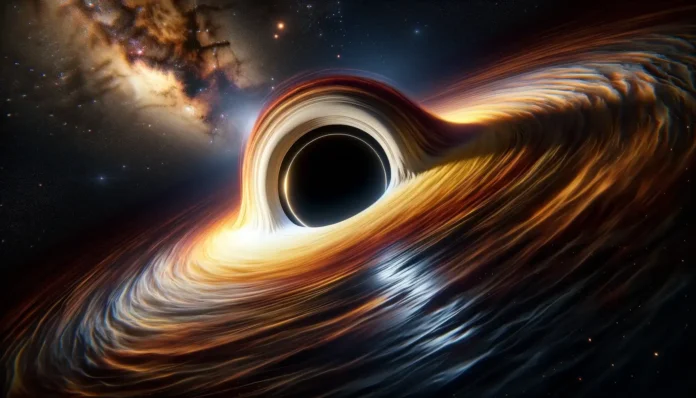In the vast expanse of the cosmos, few phenomena captivate our imagination like black holes. These enigmatic entities, with gravitational pulls so strong that not even light can escape, have long been subjects of fascination and study. One black hole, in particular, has garnered significant attention: the supermassive black hole at the center of the M87 galaxy, known as M87*. In a groundbreaking study titled “The Persistent Shadow of the Supermassive Black Hole of M87 – II. Model Comparisons and Theoretical Interpretations,” published in Astronomy & Astrophysics (A&A), Volume 693, January 2025, researchers delve deep into the mysteries of M87*, offering insights that bridge the gap between observation and theory.
A Glimpse into the Abyss: The Event Horizon Telescope’s Revelations
In 2019, the Event Horizon Telescope (EHT) collaboration unveiled the first-ever image of a black hole’s shadow, capturing the silhouette of M87*. This monumental achievement provided a visual confirmation of black holes’ existence and offered a unique opportunity to study their properties up close. The image revealed a bright ring-like structure surrounding a dark central region—the shadow—corresponding to the event horizon, the boundary beyond which nothing can escape the black hole’s grasp.
Unraveling the Shadow: Multi-Epoch Observations
Building upon the initial observations, the EHT conducted further studies in subsequent years. Notably, observations from 2017 and 2018 revealed a consistent ring diameter, affirming the stability of M87*’s shadow over time. However, a curious shift was noted: the brightest part of the ring had moved from the southeast to the southwest. This change prompted questions about the underlying mechanisms driving such variations.
Diving Deeper: The Role of General Relativistic Magnetohydrodynamics (GRMHD) Models

To interpret these observations, researchers turned to advanced simulations known as General Relativistic Magnetohydrodynamics (GRMHD) models. These models simulate the behavior of magnetized plasma in the intense gravitational field near a black hole, incorporating the principles of Einstein’s general relativity. By comparing the EHT’s observational data with a comprehensive library of GRMHD model images, scientists aimed to decipher the physical conditions and processes occurring in the vicinity of M87*.
Key Findings: Shedding Light on the Darkness
The comparative analysis between the EHT observations and the GRMHD models yielded several significant insights:
- Accretion Dynamics: The models suggest that the observed brightness variations in the ring could result from changes in the accretion flow—the process by which matter spirals into the black hole. Variations in the rate and orientation of this inflowing material can influence the observed brightness distribution.
- Magnetic Fields: Strong magnetic fields near the black hole play a crucial role in shaping the observed structures. The interaction between the magnetic fields and the infalling plasma can lead to the formation of bright regions in the ring, whose positions may shift over time.
- Jet Formation: M87* is known for its relativistic jet—a high-speed stream of particles ejected from the black hole’s vicinity. The models indicate a connection between the dynamics of the accretion flow and the jet’s properties, suggesting that changes in the inner accretion disk can influence jet behavior.
The Broader Implications: Testing General Relativity and Beyond
These findings have profound implications for our understanding of black holes and the fundamental laws governing the universe:
- Validating Theories: The consistency between the EHT observations and the GRMHD models provides robust support for Einstein’s theory of general relativity in extreme gravitational environments.
- Advancing Black Hole Physics: By refining models of black hole accretion and jet formation, scientists can better predict the behavior of these enigmatic objects, enhancing our comprehension of their role in galaxy evolution.
- Guiding Future Observations: The insights gained from this study will inform the design and interpretation of future high-resolution observations, paving the way for more detailed explorations of black hole environments.

Conclusion: A Journey into the Heart of Darkness
The study “The Persistent Shadow of the Supermassive Black Hole of M87 – II. Model Comparisons and Theoretical Interpretations” represents a significant leap forward in black hole astrophysics. By harmonizing cutting-edge simulations with groundbreaking observations, researchers have illuminated the complex interplay of forces at work near M87*, bringing us closer to understanding the universe’s most mysterious inhabitants.
For those interested in delving deeper into this research, the full article is available in Astronomy & Astrophysics (A&A), Volume 693, January 2025, Article Number A265.




